British India year 1866/1937 Collection of used stamps

British India postage stamps, issued during the period of British rule from 1858 to 1947, are significant both historically and philatelically. They evolved over time, reflecting changes in technology, design, and political context.
Key Phases and Features of British India Postage Stamps:
- Early Issues (1854-1865):
- First Stamps (1854): The first postage stamps of British India were issued on October 1, 1854, featuring Queen Victoria. These stamps were lithographed locally and had various denominations, including ½ anna, 1 anna, 2 annas, and 4 annas.
- Design and Printing: Early designs were simple, often just a profile of Queen Victoria. They were printed on unwatermarked paper and had no perforations.
- The Victorian Era (1865-1901):
- Improved Designs: Stamps during this period continued to feature Queen Victoria, but with more sophisticated engraving and better printing techniques. They often had detailed borders and were printed on watermarked paper.
- Perforations and Watermarks: By the 1860s, stamps started to include perforations and watermarks to prevent forgery and facilitate easier separation.
- The Edwardian and Georgian Eras (1901-1936):
- King Edward VII (1901-1910): Stamps featured the portrait of King Edward VII after his ascension to the throne. The designs remained elaborate, maintaining high engraving standards.
- King George V (1910-1936): Stamps bearing the image of King George V were issued, and during this period, the use of multiple colors and high-value stamps became more common. Commemorative issues also began to appear.
- King George VI Era (1936-1947):
- New Designs: With King George VI’s ascension, new stamps featuring his portrait were issued. These stamps continued to reflect British India’s evolving postal needs, including higher denomination stamps for larger parcels and special commemorative issues.
- Commemorative Stamps: Special issues commemorating events such as the Silver Jubilee of King George V in 1935 and the Victory stamps after World War II were released.
- Independence and Transition (1947):
- Final British Issues: The last stamps of British India were issued in 1947, just before independence. These stamps still bore the image of King George VI.
- Overprints: Post-independence, existing stocks of British Indian stamps were often overprinted with “India” or “Pakistan” to signify the new political reality until new national issues could be printed.
Notable Features and Issues:
- Service Stamps: Stamps marked “SERVICE” were used for official government correspondence.
- Commemorative Issues: While most early stamps were definitive issues (intended for everyday use), commemorative stamps celebrating specific events or milestones began to appear more frequently in the 20th century.
- Varieties and Errors: Collectors value stamps with printing errors, color variations, and unique cancellations. The study of these varieties can provide insights into the production processes and postal history of the era.
Collecting British India Stamps:
British India stamps are a popular area of philately due to their historical significance and the variety of designs. Collectors often seek out rare issues, stamps with historical postmarks, and complete series. Specialized catalogs and societies, such as the India Study Circle, provide resources and forums for enthusiasts.
Overall, British India postage stamps offer a fascinating glimpse into the colonial history and postal practices of the era, marking important transitions and events in the subcontinent’s past.

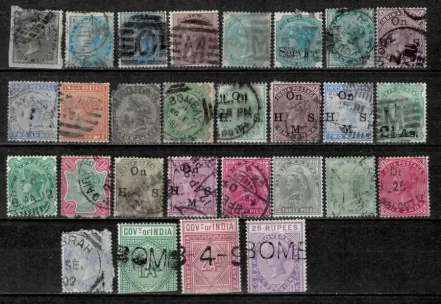
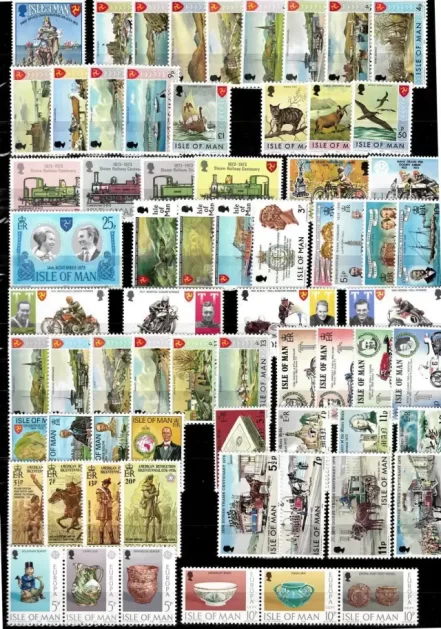

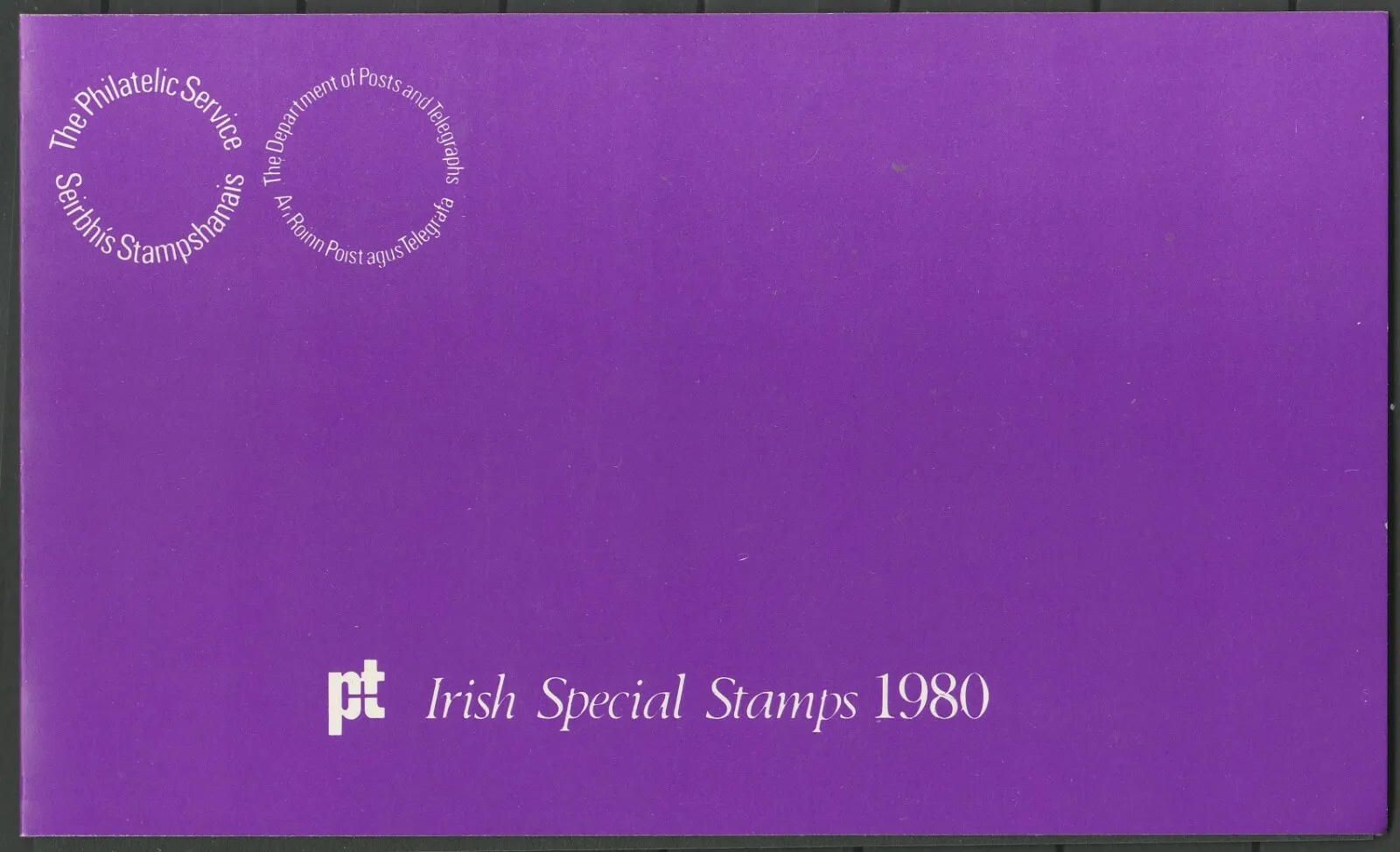

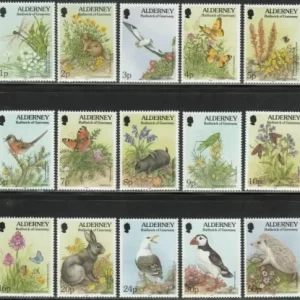
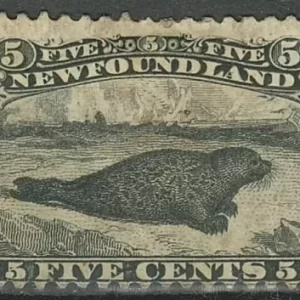
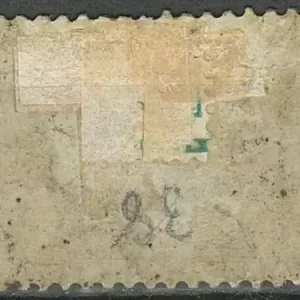
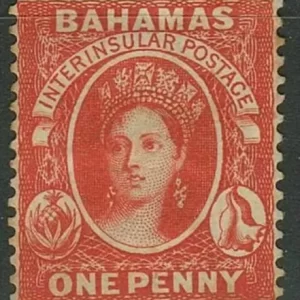
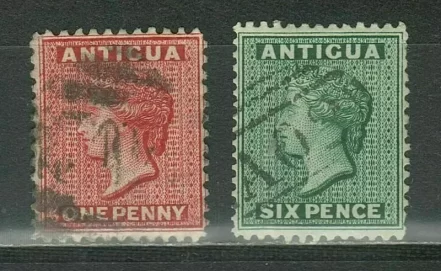
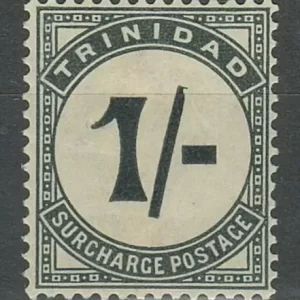
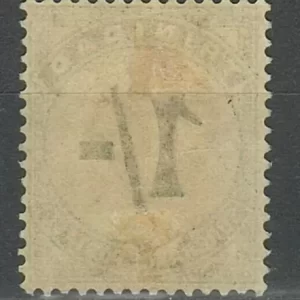
Reviews
There are no reviews yet.